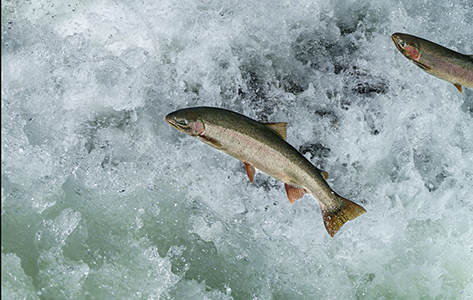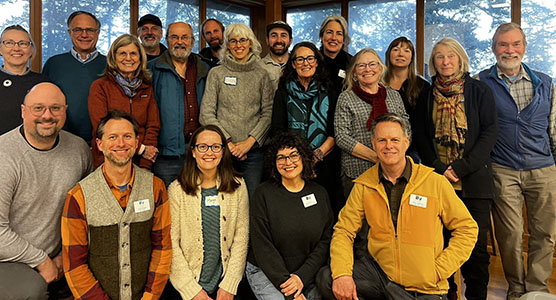Do you own property, or hope to own property? Do you plan to develop it sometime in the future? Is your property near a wet area, the shoreline, or a creek or stream? Is your property in the Eastsound “basin” or a critical aquifer recharge area? Does it concern you what happens in these areas, your neighborhood?
The Critical Areas Ordinance (CAO) Update that has been developed over the last two years may profoundly affect your property. This Tuesday, Aug.25, at 1 p.m. in the San Juan Community Theater in Friday Harbor, the County Council is presenting a workshop with 10 experts to review the county’s progress on drafting the ordinance update. The public is encouraged to attend, and educate themselves along with the Council.
While it has been difficult to track what regulations this update may bring, significant changes are on the horizon, via the ordinance, and island residents are running out of time to learn about this law and shape its demands.
County representatives from the Planning Commission, the Association of Realtors, builders, the Marine Resource Committee, the Friends of the San Juans, a land-use attorney, farmers, and two members-at-large sit on the county-wide CAO Review Committee which was formed in 2007 as part of the push to achieve county compliance with the Growth Management Act (GMA).
They have met regularly, twice a month, attempting to define the needed regulations of the county’s “Critical Areas” — identified as wetlands, fish and wildlife habitats, geologically hazardous areas, the critical aquifer recharge area (CARA) and frequently flooded areas. The county is required to revise all these areas as part of revising its environmentally sensitive areas ordinance, adopted in 1998.
The more restrictive rules must be applied to meet state requirements under the Growth Management Act (GMA) which the county is irrevocably obliged to comply with, according to County Prosecutor Randy Gaylord. Further, funding to effect the critical areas protection and/or development is dependent upon the update of the CAO and the Shorelines Management Act.
Many new state requirements must be met to be compliant, including the obligation to use the “best available science” such as the State Department of Ecology’s wetlands guidelines. Additionally, there is a lengthy list of animal species that must be protected to meet state and federal law, as well as local rules.
This Tuesday is an opportunity to learn about the laws and science guiding the ordinance update. The workshop is not an us-against-them, environmentalists vs. property owners vs. government emotional brouhaha.
This is our local government bringing us information about the rules that will define our lives and property for generations to come. We can’t turn back, but we can envision and plan for the future.
The Council has prepared six pages of questions for the panel of lawyers, scientists and consultants. These questions are posted at sanjuanco.com/Council/docs/CAOWorkshop/CouncilCAOandSMPworkshopQuestionsFINAL and give the public an appreciation for the scope of the update, the research required to address the update, and the tangle of considerations imposed upon the county lawmakers. It is not an easy read, but it will inform you as to the Council’s concerns for what’s at stake.
The public should be equally committed to discerning the issues, the process, and the answers.
**If you are reading theOrcasonian for free, thank your fellow islanders. If you would like to support theOrcasonian CLICK HERE to set your modestly-priced, voluntary subscription. Otherwise, no worries; we’re happy to share with you.**







